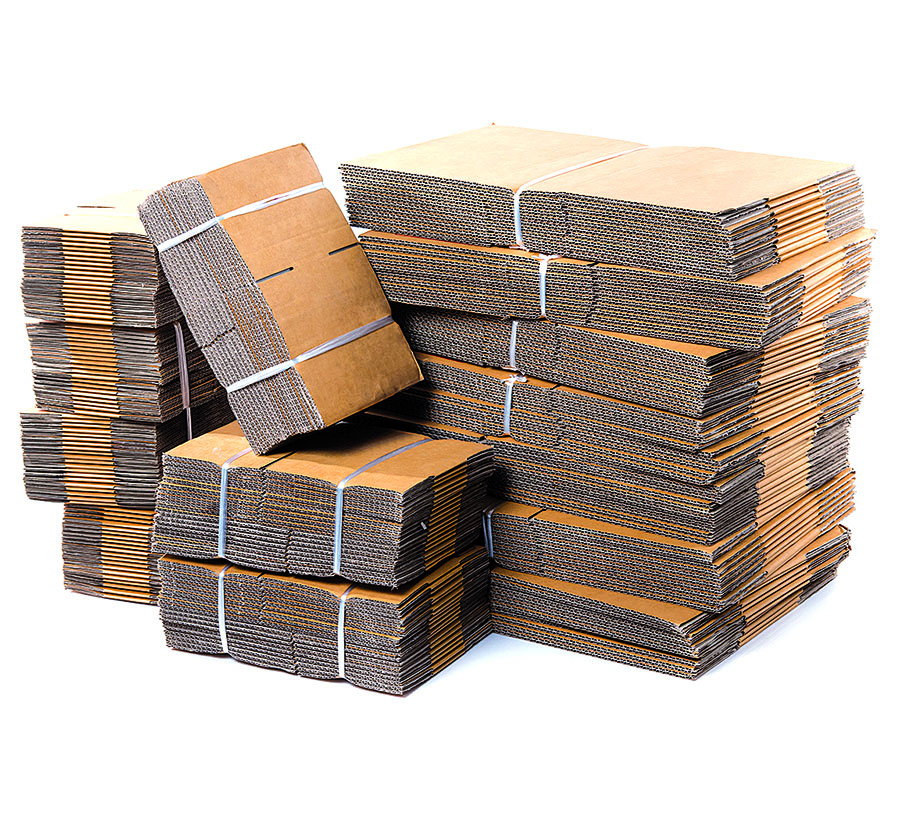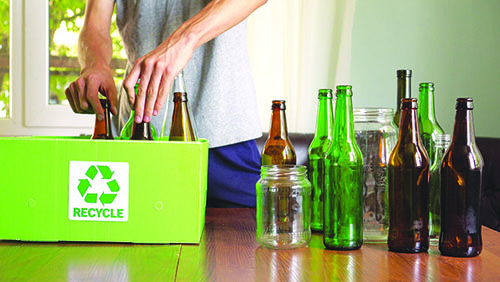The corrugated packaging industry has achieved substantial reductions in the environmental impacts of a corrugated cardboard box, according to a new life cycle assessment (LCA) recently released. The study shows a 50 percent per unit reduction in greenhouse gas emissions between 2006 and 2020, tackling the most urgent and predominant causes of our changing climate.

The LCA, conducted for the Corrugated Packaging Alliance (CPA) by Anthesis and the National Council for Air and Stream Improvement with third-party review by the Athena Institute, analyzed the cradle-to-grave life cycle of an average corrugated cardboard box made in the U.S. in 2020. It estimated impacts to land, air and water based upon the new materials, manufacturing of those materials into products, the distribution/transportation and use of the products, and the end-of-life.
Meaningful reductions were also achieved in ozone depletion (13 percent), energy usage (13 percent), water usage (18 percent), acid rain (41 percent), smog (44 percent), respiratory effects (54 percent) and eutrophication, which leads to algae blooms and dead zones in bodies of water (30 percent).
The industry’s progress was attained through energy improvements, strong recycling infrastructure, sustainably managed forests, and an ongoing commitment to improvement. The industry continues to shift to cleaner-burning fuel, has increased its participation in a greener U.S. electric grid and made investments in energy efficiency.
The introduction of new, fresh fibers from sustainably managed forests drives the removal of carbon dioxide from the atmosphere. The use of old corrugated containers (OCC) has also contributed to the avoidance of carbon dioxide and methane emissions from landfills. This combination of both new, fresh fibers, and recycled fibers maximizes fiber reuse and enables circularity. Much of this progress is also driven by the sustainability commitments of companies in the industry.
“Sustainable practices are at the foundation of the paper and wood products industry,” said Heidi Brock, AF&PA president & chief executive officer. “Our industry has a long track record of sustainability leadership, and we are committed to making continued progress on quantifiable sustainability goals as part of the Better Practices, Better Planet 2030 initiative. This life cycle assessment reflects a longstanding commitment to sustainable manufacturing furthering the circular nature of our industry.”







